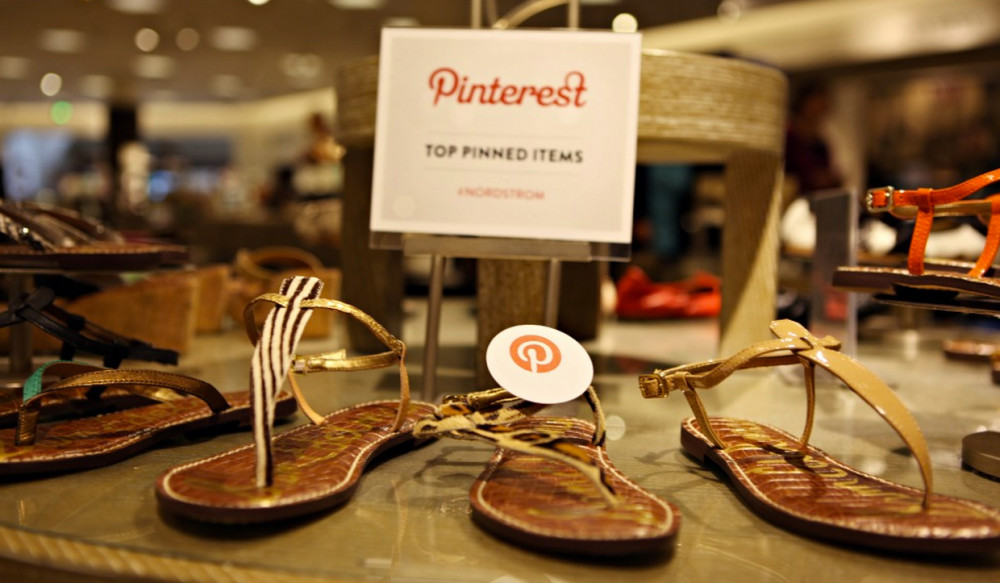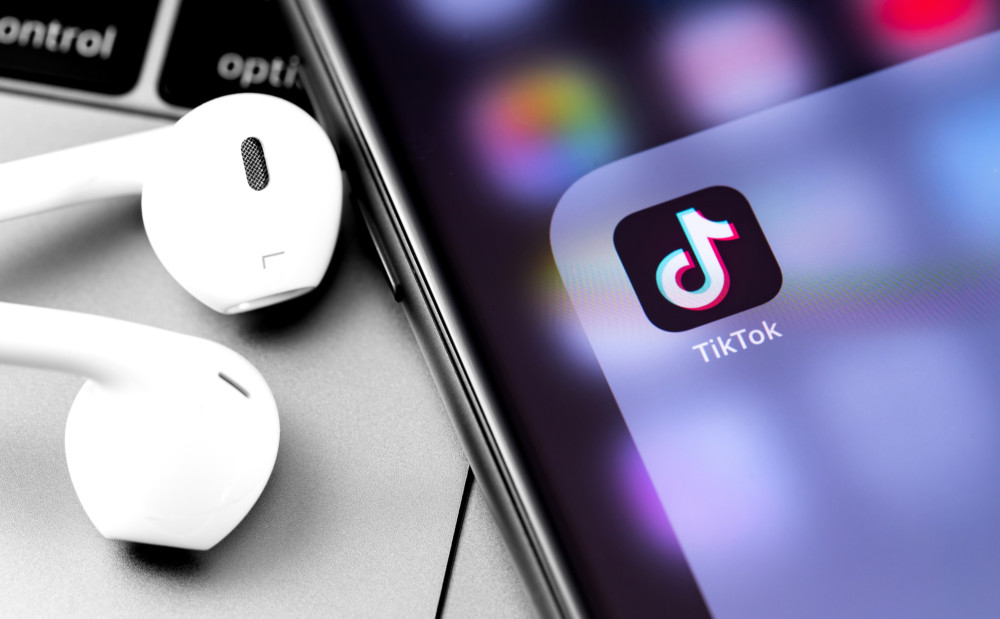By Greta Kaul
San Francisco Chronicle.
If you can dream it, you can buy it.
That’s where Pinterest — the San Francisco virtual scrapbooking site best known for wedding planning, recipes and crafts — appears to be headed, announcing Tuesday it will work with merchant partners to add a “buy it” button to some 2 million pins.
In late June, when the buttons are added, users will be able to buy everything from patterned pillows to killer stilettos without leaving the Pinterest app. Early partners include Macy’s, Nieman Marcus and Nordstrom.
“In just a few taps, that item will arrive at your door,” said Ben Silbermann, Pinterest’s chief executive officer.
Observers have long speculated that this day would come, and it’s no secret that turning Pinterest’s loyal fan base — many of them affluent women — into buyers could make Pinterest and the merchants a lot of money.
Monetization has been the million-dollar question for all social media companies, and both Facebook and Twitter began testing similar buttons last year.
As of last year, more than a quarter of online adults used Pinterest — 42 percent of women and 13 percent of men, according to the Pew Research Center.
Users on Pinterest upload and organize images, or pins, and other types of content into virtual wish lists called pinboards.
Pinboards can be organized around travel, events or ideas for home decor. When the Buyable Pins feature is introduced at the end of this month, 2 million of them, from Pinterest’s merchant partners, will appear on the site. The company will release the feature for iPhone and iPad users, then expand to other platforms later.
When users click the button to make a purchase, they will enter credit card or Apple Pay information, and their address. The app saves it, asking for additional passwords only for large purchases. The new feature will also allow users to sort Buyable Pins by price.
Founded in 2009, Pinterest has grown quickly. Silbermann said the site now has 50 billion pins, a number that’s growing by 75 percent per year.
The company has recently been piling capital on top of capital, announcing $367 million in venture funding in March for an $11 billion valuation, according to media reports. In May, it announced an additional $186 million.
While its site has always been full of pretty pictures and ideas, Pinterest was without a revenue source until last year when it began adding Promoted Pins, marked as advertisements. Search Pinterest for travel destinations, and you may well see a Promoted Pin or two from airlines.
Now, 80 percent of people who buy goods that they’ve seen on Pinterest are doing so through other merchants’ sites on their smartphones, a process that requires clicking through to an external website with “fiddley menus and a lot of data entry,” Silbermann said.
“People want to buy things on Pinterest,” he said.
Soon, with the new in-app purchases, users might buy all the gear for a camping trip or all the groceries for a recipe they found without leaving Pinterest.
There will be no additional fees for merchants or pinners, so the prices listed on Pinterest will be the same as those listed on merchants’ sites. The goal is to increase the amount of time users spend engaging with the site, which “is great for the overall ecosystem,” Pinterest said, increasing referrals to the site’s partners, some of which advertise.
The company also said it would work with established payment companies, such as Braintree and Apple, to ensure that its servers don’t touch credit card information, said Wendy Lu, a Pinterest engineer.
Sumeera Rasul, the founder of Madesmith, an online platform for handmade goods, said Pinterest’s catalog format allows her company to more effectively find the right audience. With the new Buyable Pins, she hopes to be able to get them to buy products faster, too.















































































































































































































































































































































































